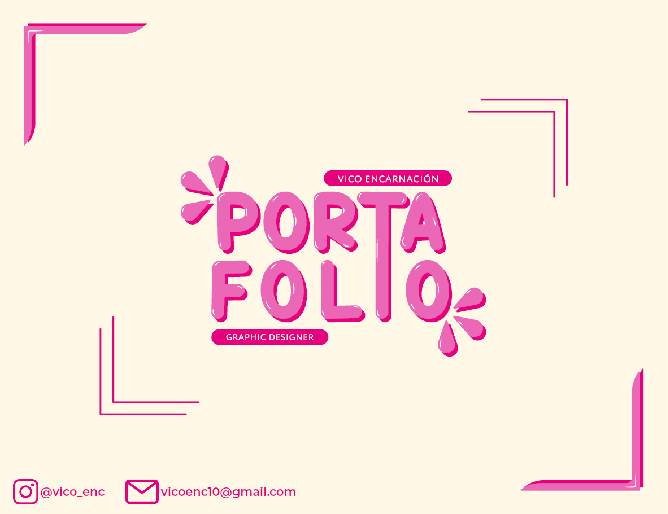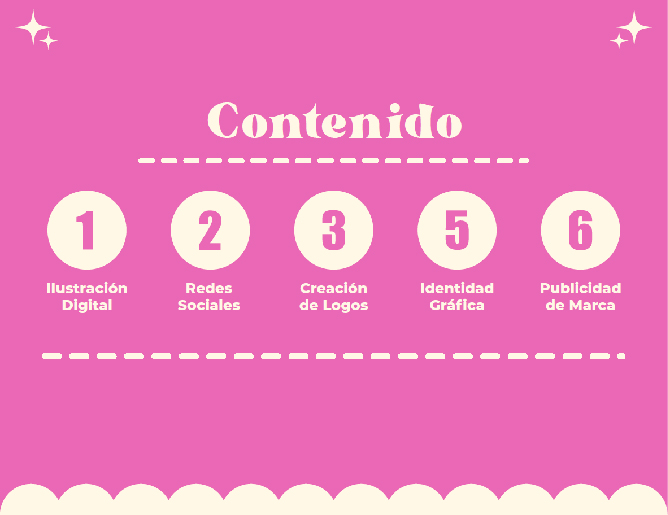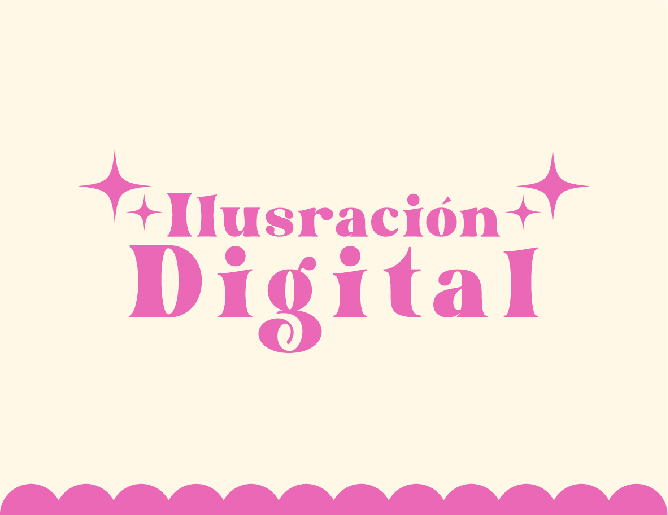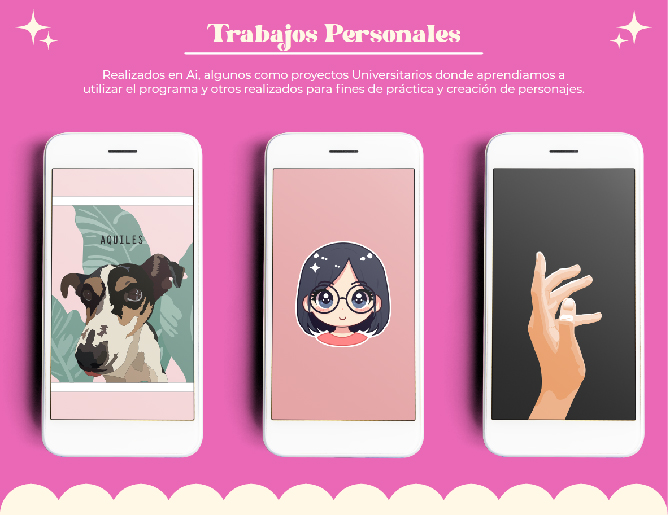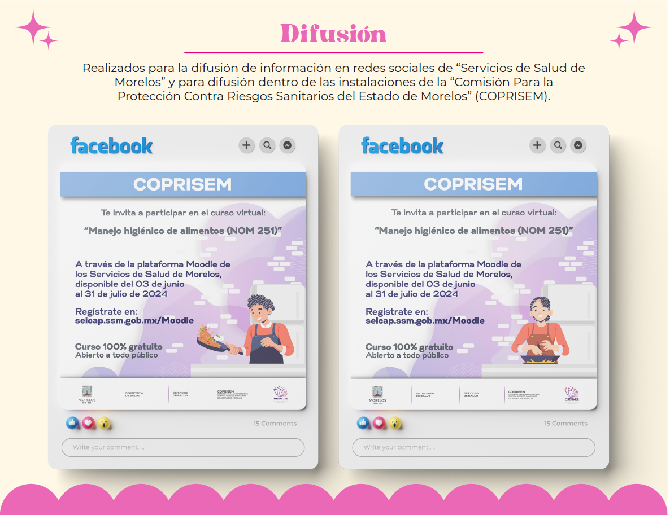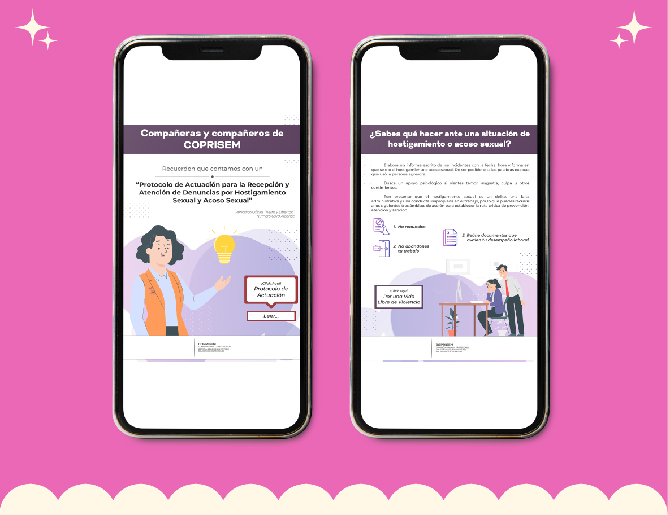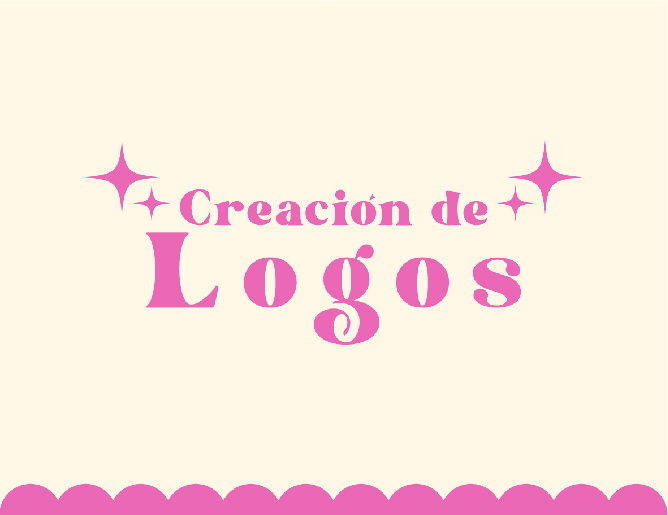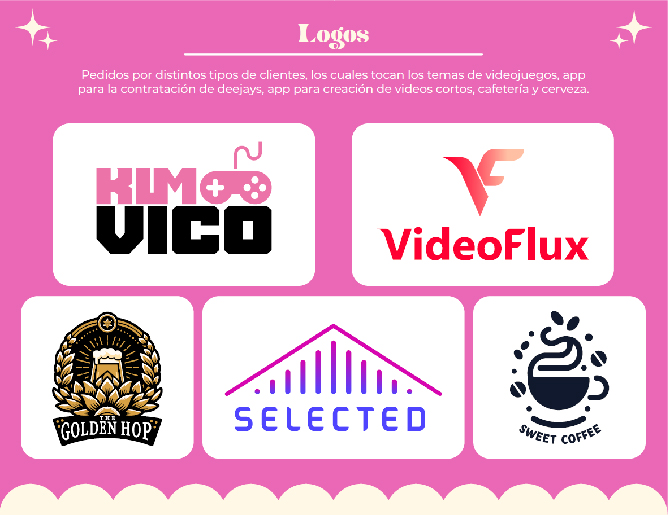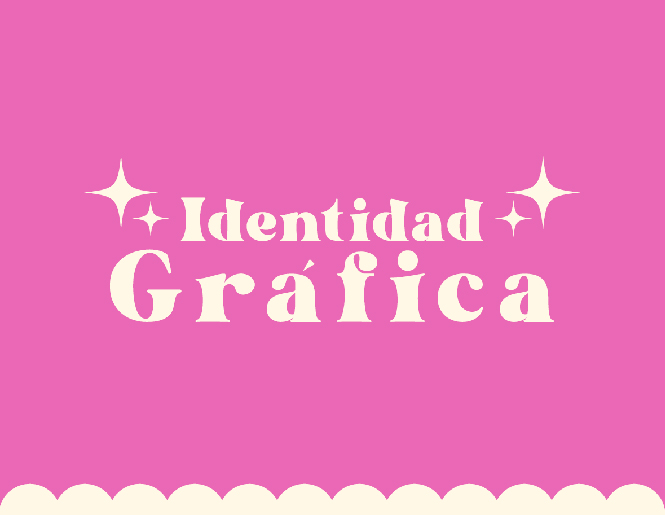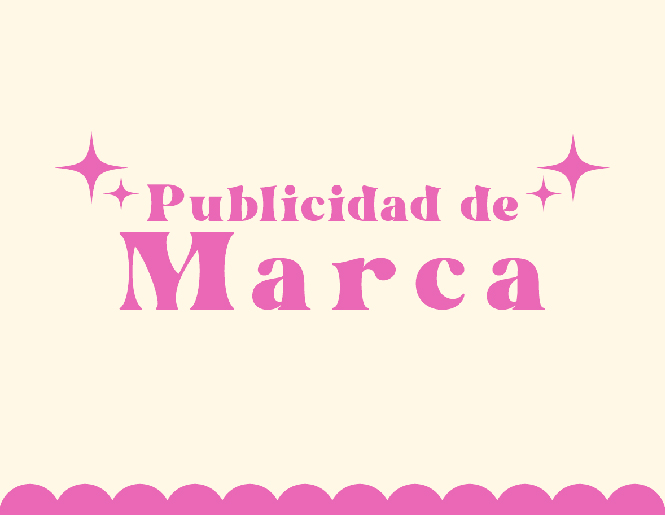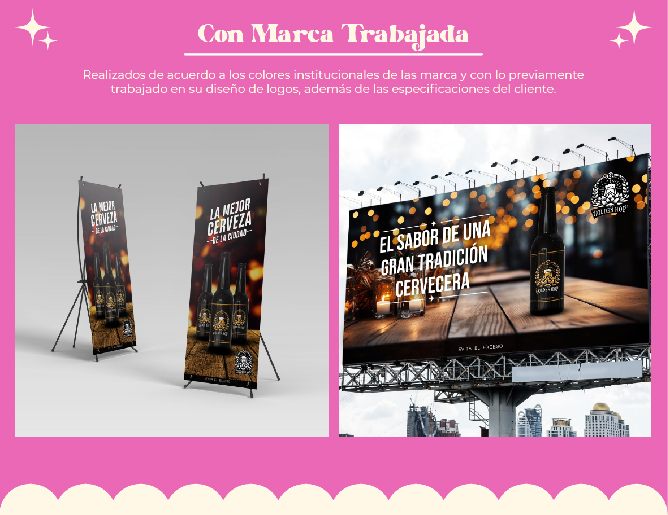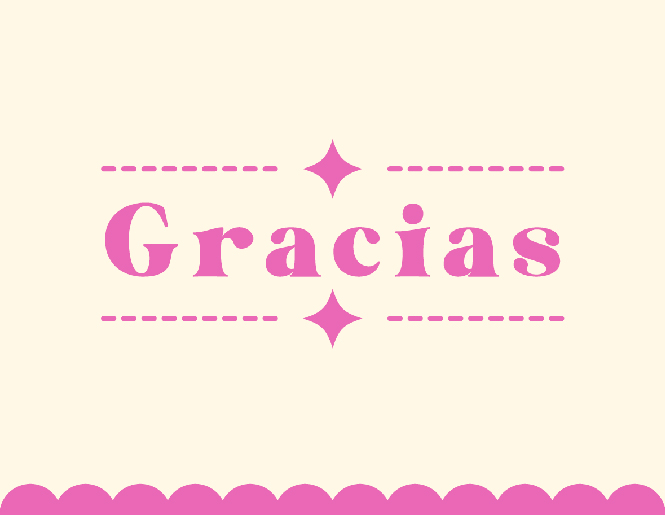In the world of design, the best way to make yourself known and for others to recognize your work is through a professional portafolio.
For the Professional Portafolio class, students were asked to create their first professional portfolio by compiling the best works they have created throughout their careers.
WHAT SHOULD A GOOD PORTAFOLIO INCLUDE?
Many professionals agree that a good portafolio should contain a collection of the best works they have done.
These can include logos, designs, brand identities, social media designs, art, photography, mockups, etc.
However, having a portafolio doesn’t necessarily mean it should contain all the previously mentioned works; it can only include content relevant to the specific job one is applying for.

ESSENTIAL INFORMATION IN EVERY PORATFOLIO
The essential information in every portafolio should have includes: the name on the cover, social media usernames, email address, and contact number.
It is important to include this information as it is how potential employers or clients will contact you to respond to your application or request your services.
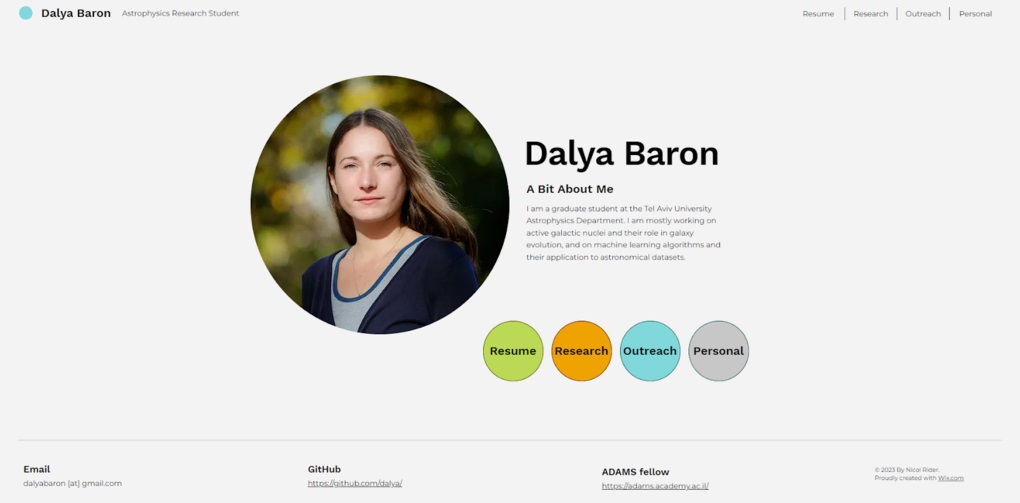
WHO SHOULD HAVE A PORTAFOLIO?
Every professional should have a portafolio. Note that a portafolio might seem like a type of CV, but it is not. The difference is that a portfolio is a collection of works.
Professions that typically require a portafolio include: Graphic Designers, Fashion Designers, Industrial Designers, Digital Animators, Architects, Communication Specialists, Photographers, among others.
These professions have a visual work objective, and the only way to prove the experience, skills, and abilities listed on a CV is through the portfolio.
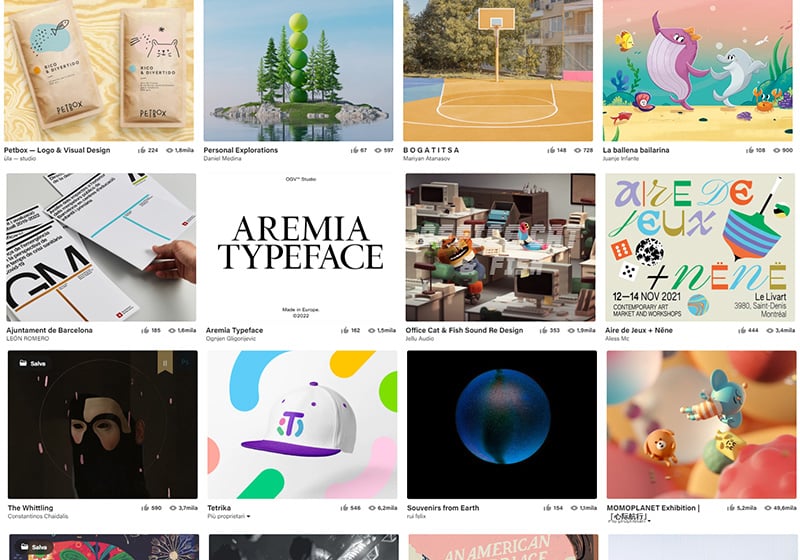
IN WHAT FORMATS IS A PORTAFOLIO CREATED?
There is no specific format, as it will depend on the applicant’s preference.
The most common is a book format, as previously works were printed or collected in a catalog to be sent to companies or clients.
Nowadays, with technology and social media, it is easier to send an email with the content in digital form, typically as a PDF.
For some professions, not only a portafolio is requested but also a demo, which is a video showcasing skills such as animation, video recording, or editing.
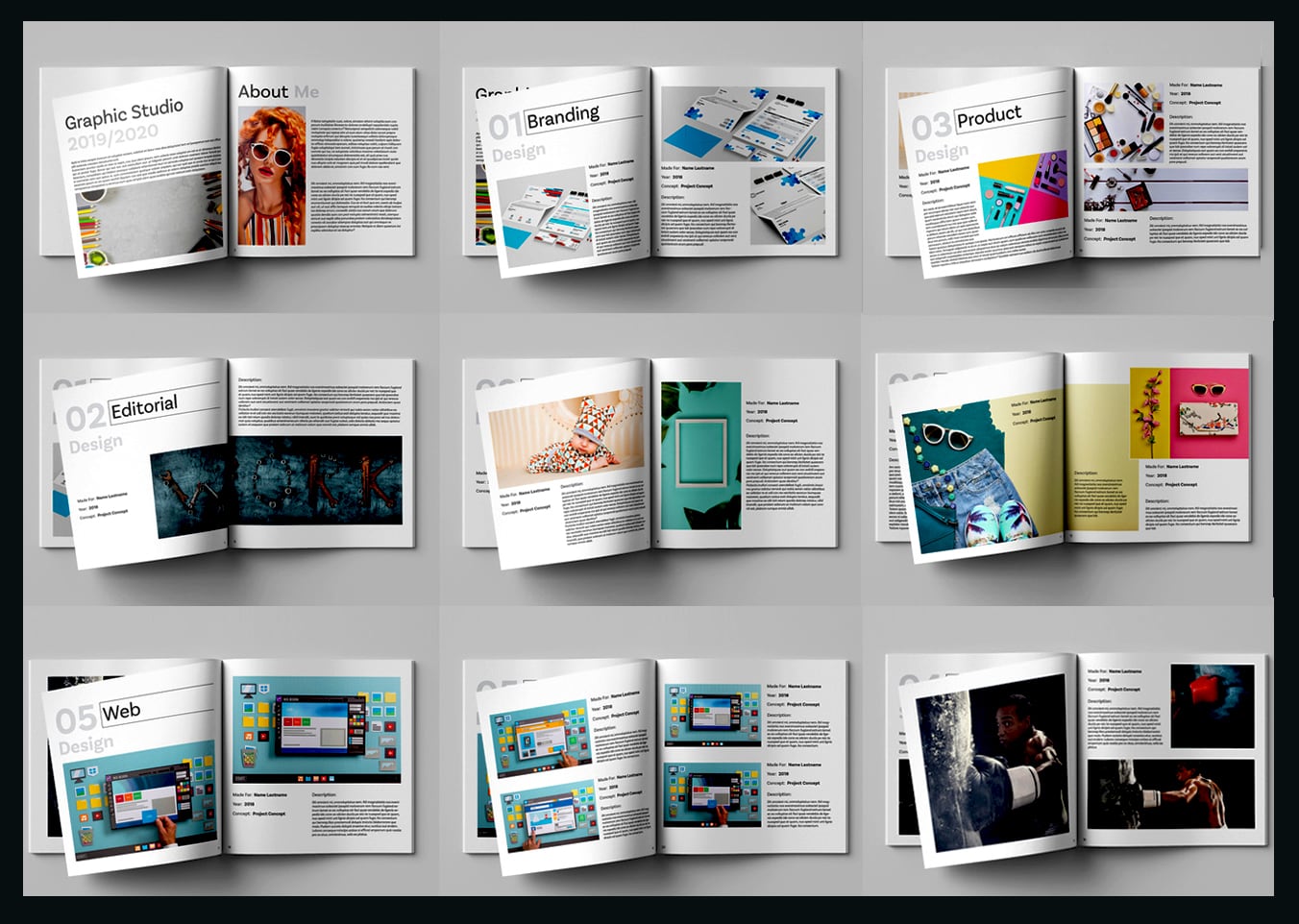
WHERE CAN I SHARE MY PORTAFOLIO?
Ultimately, formats keep evolving, and with various social media and internet platforms, showcasing your work has become a bit simpler.
It is recommended to have a website where you can include both professional and work-related information, a collection of works, and contact information.
Since a portafolio is limited to only the best and final results, sometimes a compilation of the entire process of a project is created and can be showcased on platforms like Behance or ArtStation, which are well-known for finding works and artists.
Additionally, social media platforms like Instagram and TikTok have become important for uploading and viralizing works so that more people become aware of what you do.
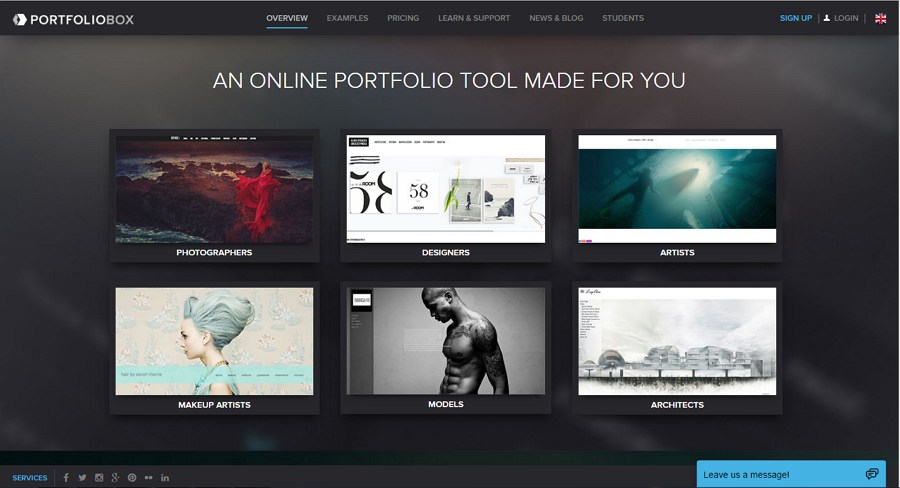
STUDENT PROJECT
Victoria Cardona Encarnación, an 8th-semester student from Graphic Design, presented the most comprehensive portfolio as she covered all the points requested by the professor.
Her portfolio is shared below.
Source: Student´s work
Bachelor’s Degree in Graphic Design
More news about Graphic Design…


